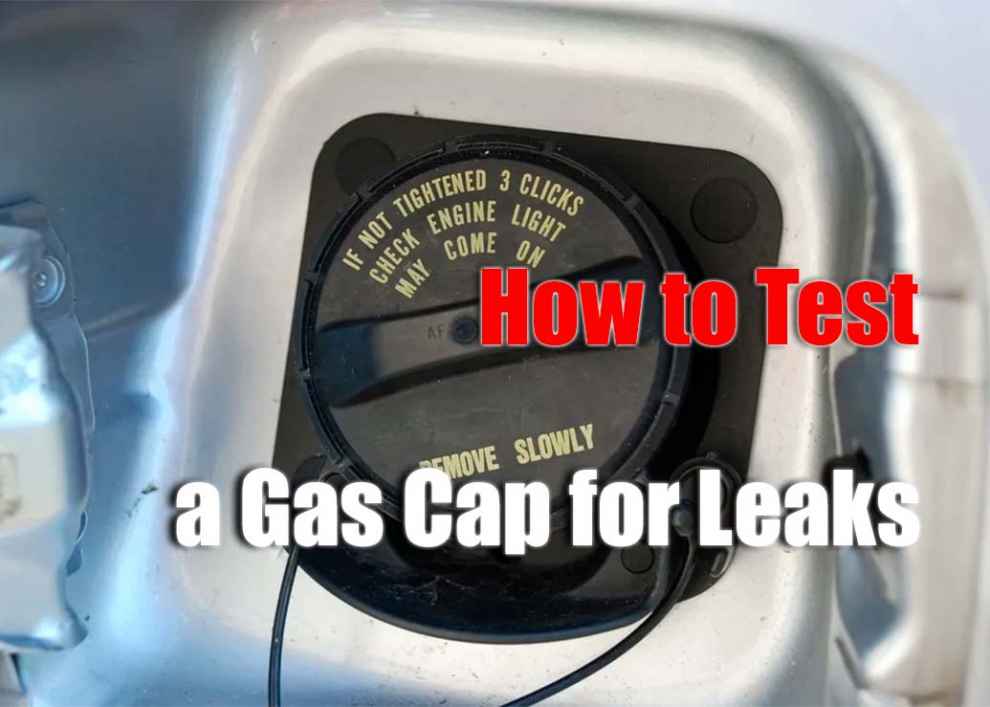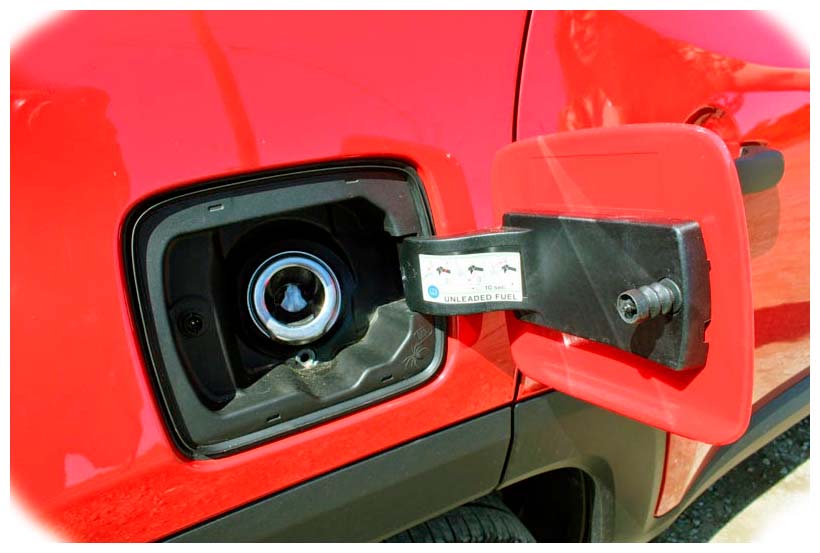A leaking gas cap can cause your engine to run inefficiently, potentially leading to costly repairs. It’s important to check for a leak in your vehicle’s gas cap on a regular basis. Regular tests can help you detect a small leak that could lead to bigger problems later down the road. Testing a gas cap for leaks can be done quickly and easily with the right tools.
What You Need to Test a Gas Cap for Leaks
Testing your gas cap for leaks is simple and requires just a few basic tools. You will need:
- A flashlight
- Gloves
- Rags or paper towels
- A small mirror (optional)
Step-by-Step Guide: How to Test a Gas Cap for Leaks
When testing your gas cap for leaks, it’s important to take safety precautions. Make sure you wear gloves and eye protection and keep rags or paper towels on hand in case of spills.
-
Start by inspecting the exterior of the gas cap for signs of damage or wear. Use a flashlight if necessary, and check all around the cap for any cracks or breaks in the sealant.
-
If you can’t see any visible damage from the outside, unscrew the gas cap and inspect its interior with a small mirror (if available) or with your flashlight. Look for any areas where fuel may be seeping out around the edges of the cap.
-
Once you have finished your inspection, securely screw the cap back onto your vehicle’s gasoline tank until it is tight but not overly so to avoid stripping threads on either part.
-
Finally, start up your car and take it out for a drive while paying close attention to its fuel efficiency as well as other performance factors such as acceleration and power output – if there is an issue with your gas cap then these should be noticeably affected.
Conclusion
Testing your gas cap for leaks is a fast and easy way to ensure your vehicle’s fuel system is functioning properly. With the right tools and a bit of patience, you can quickly check the integrity of your gas cap and diagnose any issues that might be present. If you discover any signs of damage or wear then it’s important to get it replaced as soon as possible to avoid further problems down the road.

 Start by inspecting the exterior of the gas cap for signs of damage or wear. Use a flashlight if necessary, and check all around the cap for any cracks or breaks in the sealant.
Start by inspecting the exterior of the gas cap for signs of damage or wear. Use a flashlight if necessary, and check all around the cap for any cracks or breaks in the sealant.
Add Comment